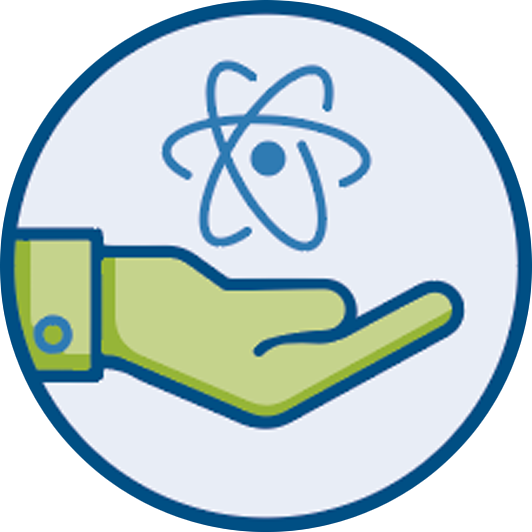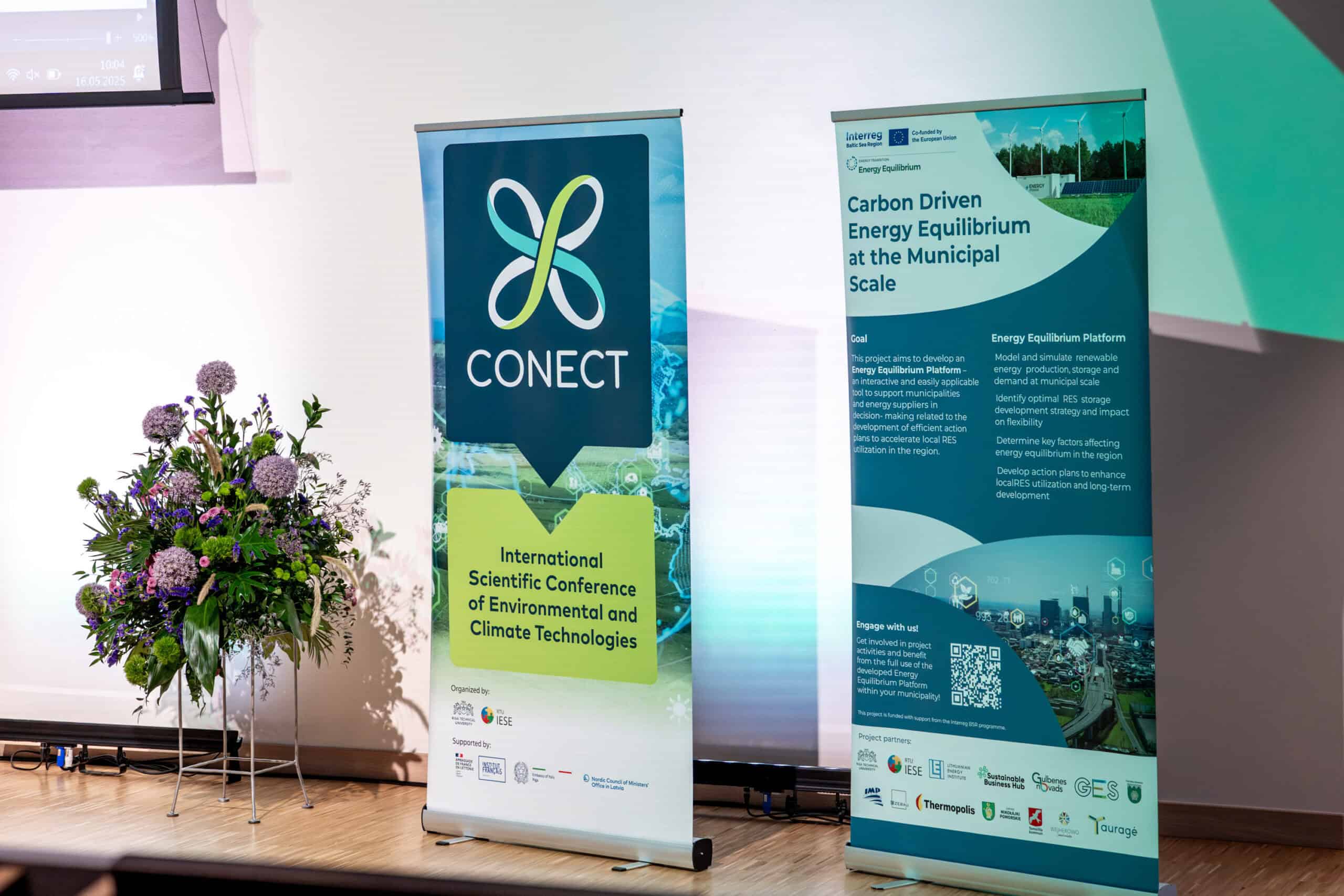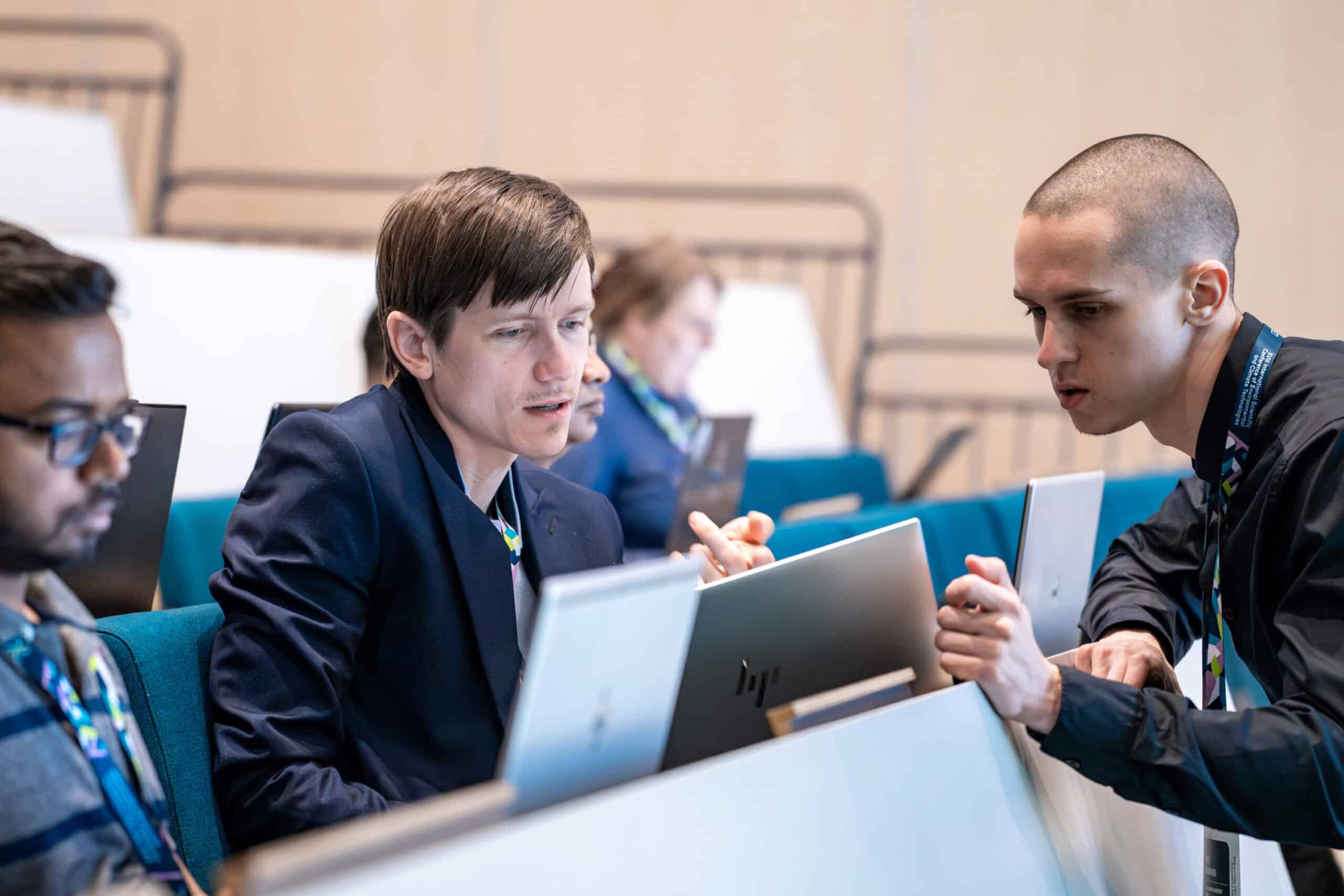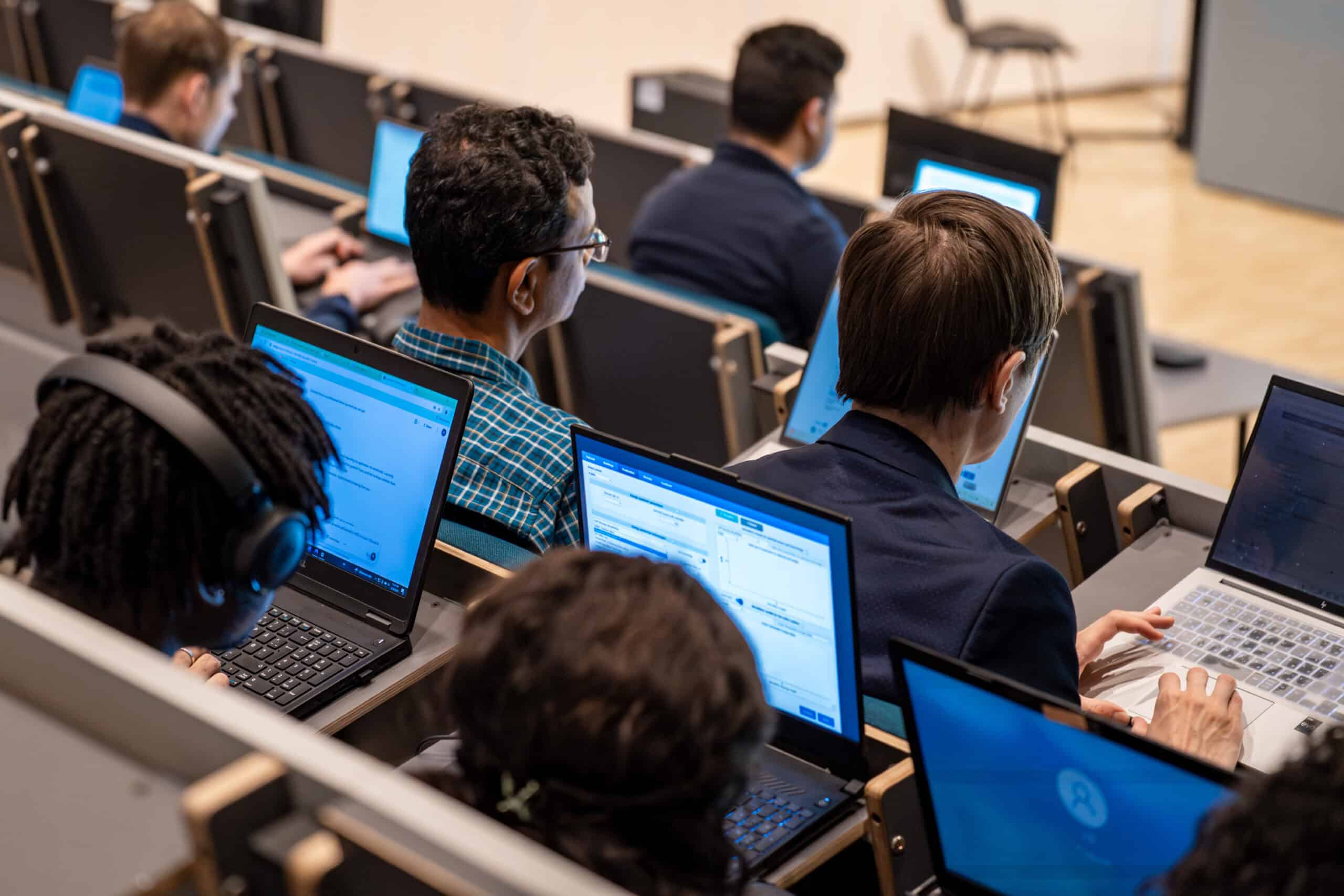
Energy Equilibrium Workshop — Insights from the Environmental and Climate Technologies Conference
19 May 2025
As part of the Energy Equilibrium project, an interactive workshop was held to present and test the developed system dynamics simulation tool for renewable energy infrastructure planning. This hands-on workshop gathered academics and scientists from various countries, including Japan, South Africa, Lithuania, and Italy, to explore the platform and contribute to its refinement.
Workshop Highlights
Participants had the opportunity to not only explore the simulation platform but also to be among the first to try out the brand-new User Manual — a critical tool designed to enhance the platform’s accessibility and usability for a broader audience.
During the workshop, attendees engaged in hands-on simulations, evaluating future energy system configurations at national, regional, community, and corporate levels through real-life scenarios involving renewable energy planning.
Key Takeaways on the User Manual
Feedback analysis revealed that the platform itself is highly intuitive and understandable. Many participants found the User Manual helpful.
“The tool is understandable by itself; the manual is kind of helpful but not always necessary, although the tips and notes part was interesting and offered insights into how the tool can be used in different ways. More information like that would be more useful,” shared one participant.
This feedback highlights the importance of developing user guides that go beyond basic instructions, focusing instead on extended use cases and best practices to help users maximize the platform’s potential.
This workshop represents an important milestone in the Energy Equilibrium project, continuing the introduction of the system dynamics tool to its target audience. The valuable participant feedback guides ongoing efforts to develop and improve the User Manual, aiming to make the tool’s use more efficient and accessible.
We thank all participants for their active participation and valuable contributions. Your engagement is essential in advancing the development of tools that support a sustainable energy future.
This article was prepared and published by Laura Kristiāna Vičmane.












